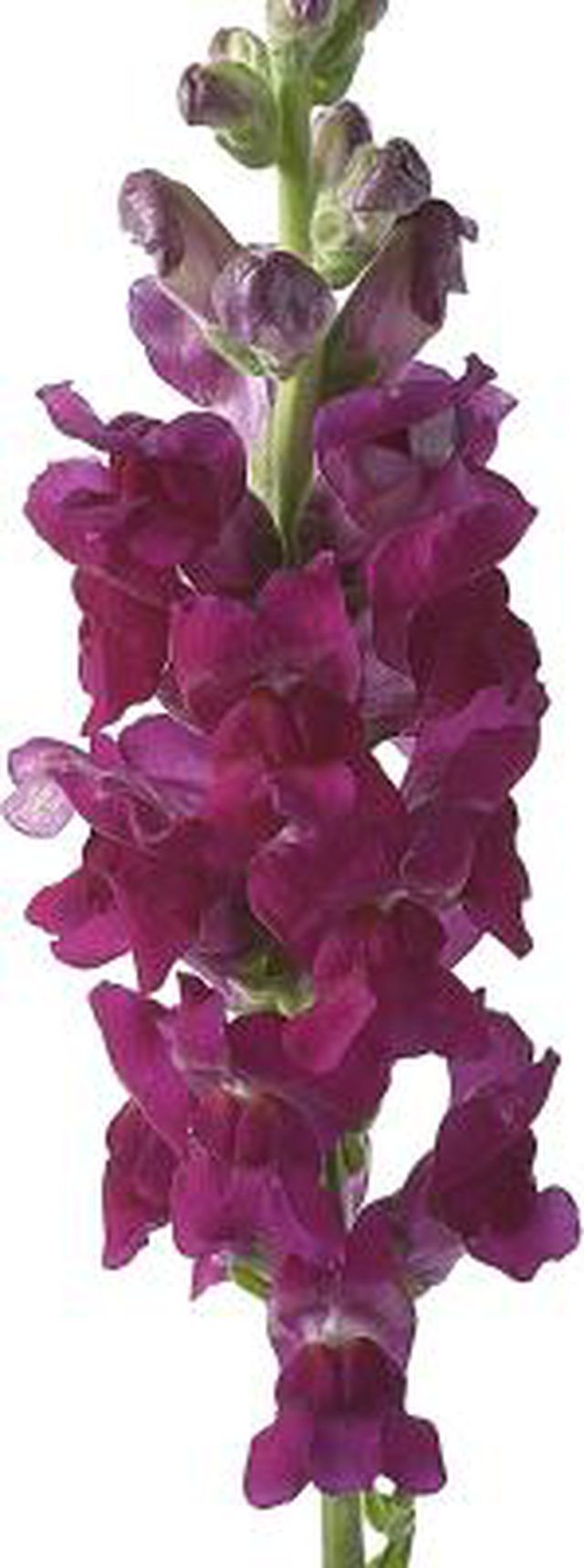Bulbs
Flower Basics
Flower Beds & Specialty Gardens
Flower Garden
Garden Furniture
Garden Gnomes
Garden Seeds
Garden Sheds
Garden Statues
Garden Tools & Supplies
Gardening Basics
Green & Organic
Groundcovers & Vines
Growing Annuals
Growing Basil
Growing Beans
Growing Berries
Growing Blueberries
Growing Cactus
Growing Corn
Growing Cotton
Growing Edibles
Growing Flowers
Growing Garlic
Growing Grapes
Growing Grass
Growing Herbs
Growing Jasmine
Growing Mint
Growing Mushrooms
Orchids
Growing Peanuts
Growing Perennials
Growing Plants
Growing Rosemary
Growing Roses
Growing Strawberries
Growing Sunflowers
Growing Thyme
Growing Tomatoes
Growing Tulips
Growing Vegetables
Herb Basics
Herb Garden
Indoor Growing
Landscaping Basics
Landscaping Patios
Landscaping Plants
Landscaping Shrubs
Landscaping Trees
Landscaping Walks & Pathways
Lawn Basics
Lawn Maintenance
Lawn Mowers
Lawn Ornaments
Lawn Planting
Lawn Tools
Outdoor Growing
Overall Landscape Planning
Pests, Weeds & Problems
Plant Basics
Rock Garden
Rose Garden
Shrubs
Soil
Specialty Gardens
Trees
Vegetable Garden
Yard Maintenance
How to Grow Snapdragons in a Pot
How to Grow Snapdragons in a Pot. Growing a pot of snapdragons (Antirrhinum majus) can bring color to any sunny windowsill, balcony, porch or patio. An easy to grow annual, the snapdragon flourishes with only minimal care. In U.S. Department of Agriculture plant hardiness zones 8 to 10 the snapdragon grows as a perennial. Snapdragons come in every...

Growing a pot of snapdragons (Antirrhinum majus) can bring color to any sunny windowsill, balcony, porch or patio. An easy to grow annual, the snapdragon flourishes with only minimal care. In U.S. Department of Agriculture plant hardiness zones 8 to 10 the snapdragon grows as a perennial. Snapdragons come in every color of the rainbow except blue. They grow to heights of 30 to 36 inches. Dwarf varieties grow 8 inches tall and can grace a location with limited space. A gardener can choose from approximately 230 varieties. Snapdragons also make a lovely addition to any cut flower bouquet.
Things You'll Need
Starter peat pot or starter tray
Starter soil
Mister
Plastic bag
Pot
Stake
Pruners
Cotton twine
Start snapdragon seeds indoors in a peat starter pot or starter tray. Fill the starter pot or tray three-quarters full with sterile starting soil. Place the seeds on top of the starter soil. Do not cover the seeds with soil. Lightly mist the seeds with water to keep them moist.
Slip the starter peat pot into a clear plastic bag. Maintain the room temperature at 65 degrees Fahrenheit to encourage germination. Snapdragon seeds will germinate in approximately 10 days.
Place the starter peat pot in a window with full sunlight after germination begins. A south-facing window is ideal. Remove the plastic bag from the pot once germination starts.
Transplant the snapdragon seedling into its final pot when it is two to three weeks old. Fill the pot with soil. Dig a small hole in the soil. Place the peat pot into the soil or remove the snapdragom from the peat pot. The peat pot will decompose and does not need to be removed from the snapdragon's root system. Surround the snapdragon plant or pot with soil. The snapdragon should sit at the same depth in the soil that it sat in its starter pot or container.
Space dwarf or small snapdragon varieties 6 to 8 inches apart in the pot. The larger snapdragon varieties require 12 inches between plants.
Place the pot in a sunny location. Do not expose the snapdragon to freezing temperature or frost.
Water the snapdragon regularly. The plant requires moist soil and does not tolerate drought. Avoid getting the snapdragon's foliage wet or it may suffer from rust.
Clip the snapdragon's spent blooms from the plant. Consider pruning the snapdragon back to a height of 6 inches during the mid-summer to promote additional blooms.
Move the snapdragon pot indoors if a freeze is predicted. The snapdragon will flourish in a sunny window indoors.
Tips & Warnings
Snapdragons stop blooming when the temperature tops 80 degrees Fahrenheit.
If tall snapdragons begin to fall over, place a stake in the pot and lightly tie the snapdragon to the stake to prevent it from breaking. Use cotton twine to tie the snapdragon to the stake.